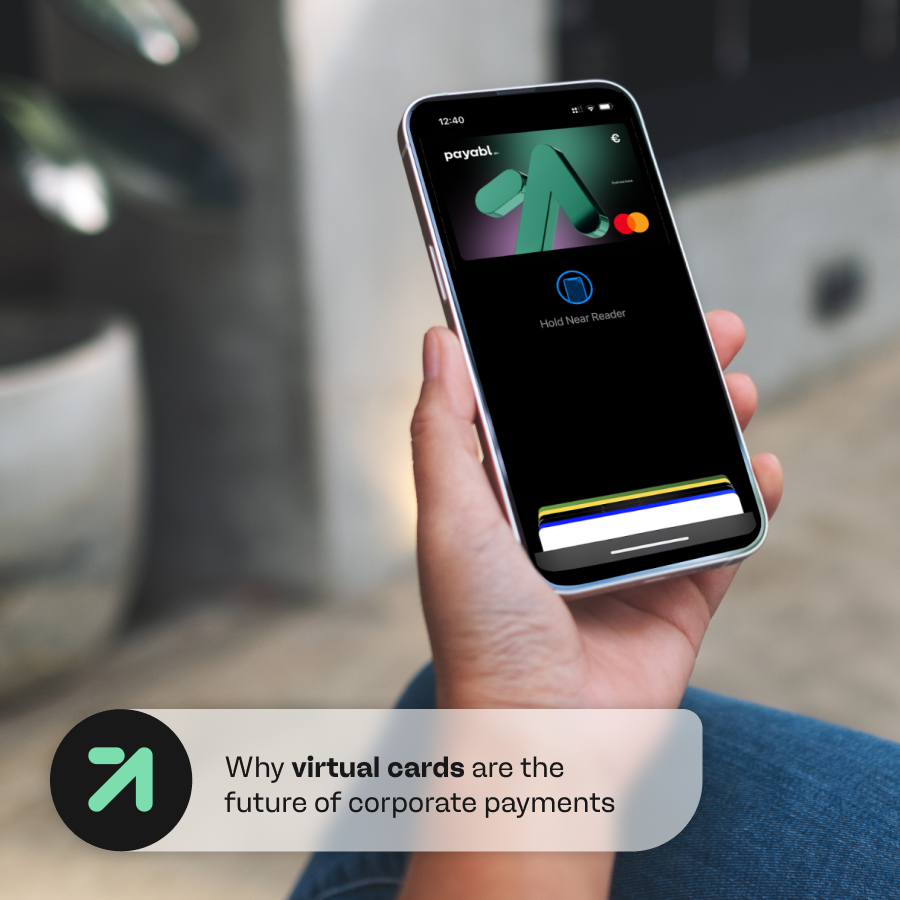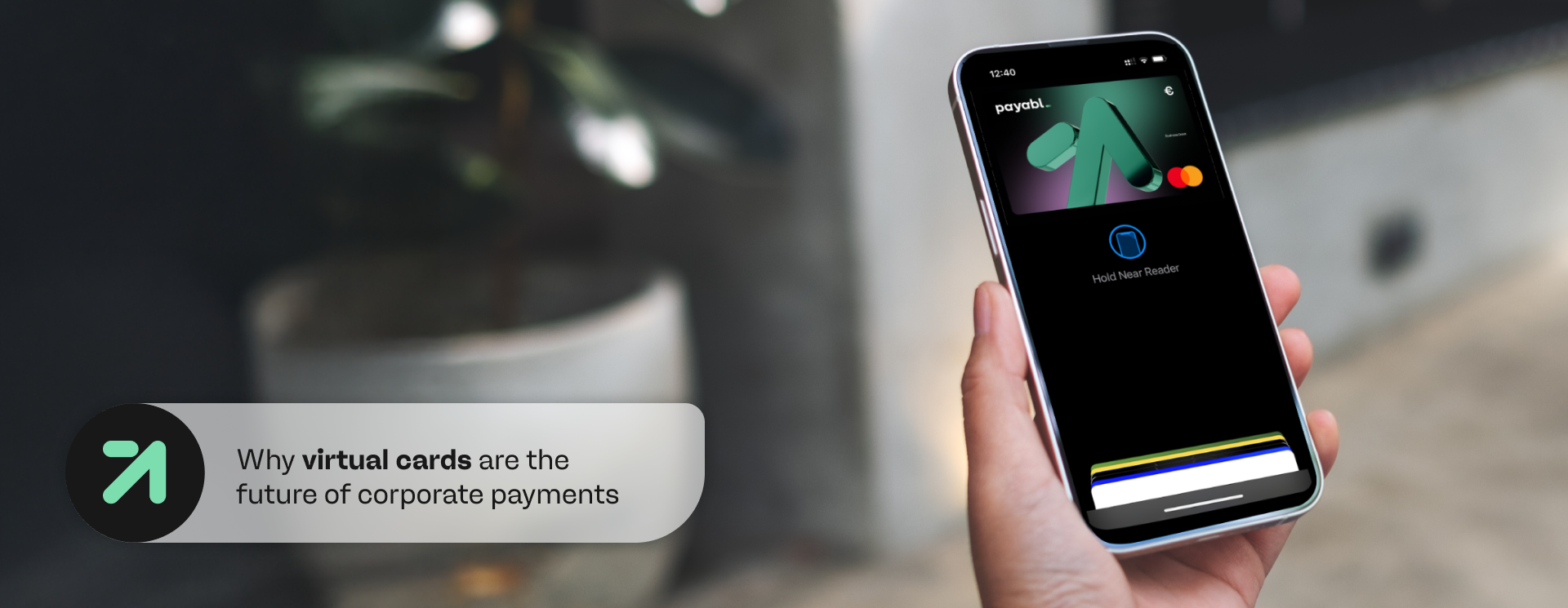
Digital payments are driving the growth of virtual cards in Europe. Spurred on by factors like high adoption of contactless payment solutions and an increased preference for mobile payments, the virtual card market is set to increase in value by more than US$122 billion between 2024 to 2029 at higher than an 18% year-over-year rate.
The B2B virtual card segment shows significant potential for growth. A 2024 PYMNTS Intelligence report found that 56% of CFOs view virtual cards as the key to managing financial flexibility.
For businesses hoping to improve their financial adaptability and resilience in the coming years, virtual cards could play a vital role in achieving this goal.
What is a virtual card?
What if you could experience all of the convenience of card-based payments without needing to keep up with an actual physical card? This is the basic philosophy of virtual cards.
A virtual card exists digitally while still functioning the same as a traditional credit or debit card, typically with a 16-digit card number, an expiration date, and a security code (such as a CSC or CVV). To use a virtual card, you must have a mobile wallet from which the card can be stored and accessed. The mobile wallet can also be used to initiate payments with the card.
There are several use cases for virtual cards that make them a worthwhile investment.
For example, your business can issue virtual cards to individual employees or entire departments to use for all business-related expenses, including everything from work travel to departmental projects. Virtual cards can also be used as a means to streamline B2B payments to suppliers and partners both domestically and internationally, making it easier to complete efficient invoicing and reconciliation processes.
While physical business cards can be lost or stolen, virtual cards are far easier to keep safe within your employees’ and executives’ mobile devices, especially if those devices are business-issued and regularly updated to meet the latest cybersecurity standards.
What benefits do virtual cards offer to your business?
Adopting a virtual card solution for your business can generate a variety of benefits for simplifying your corporate expenses and liquidity management.
A major and immediate advantage stems from how easy virtual cards are to create and issue.
Seeking card issuing services from a traditional financial institution can take days, weeks, or even months. WalletHub reports that it can take an average of 10 to 14 days to receive a business credit card, but it can take even longer if you need to spend time building your business credit first.
Virtual cards can slice this wait time into a fraction and often provide instant access to card issuing services. There’s no additional wait to receive a physical card, either. All your authorised users need to do is set up a digital wallet, and they’re ready to go with their virtual cards.
Once your virtual cards are created and in the hands (or devices) of your team, these cards can add exceptional efficiency to your expense and liquidity management processes. Rather than having to reconcile expenses from bank-issued cards, virtual cards and the corresponding digital wallets can feed directly into your internal financial systems to simplify your accounting and reconciliation workflows.
A virtual card can also offer broader global acceptance for cross-border transactions than a physical card. The mechanisms of virtual cards and digital wallets make it easier to manage and convert different currencies, as well as route transactions according to the ideal payment gateways and processors for specific regions of the world.
Challenges to consider before adopting a virtual card solution
Though virtual cards have plenty of perks to offer, you should still consider what friction points you may encounter when implementing this type of payment solution.
The first and arguably most important challenge is the reliance on mobile devices. Since a virtual card requires access to a digital wallet, accessing this card in remote areas where internet service may not be guaranteed can prove frustrating for traveling employees. Your team will also need to be highly mindful of keeping their devices charged and readily available when using virtual cards.
Additional payment processing fees can also be a hurdle to overcome when dealing with virtual cards. In general, virtual cards make it easier to avoid costly fees imposed by traditional banks. However, in some cases, you may find that your payments are met with added fees for alternative payment methods.
The last key challenge to consider is the time needed for your team members to acclimate to using a virtual card rather than a physical one. Thankfully, the growing prevalence of mobile wallets like Apple Pay and Google Pay have made the average person more accustomed to using digital payments.
Is virtual card issuing right for your company?
Making the switch to virtual cards can add tremendous new efficiency and simplicity to your payment processes and system. If you are dealing with complex corporate expense management, virtual cards offer you the opportunity to streamline your finances and make bookkeeping a breeze. Read more about our virtual business cards here.
